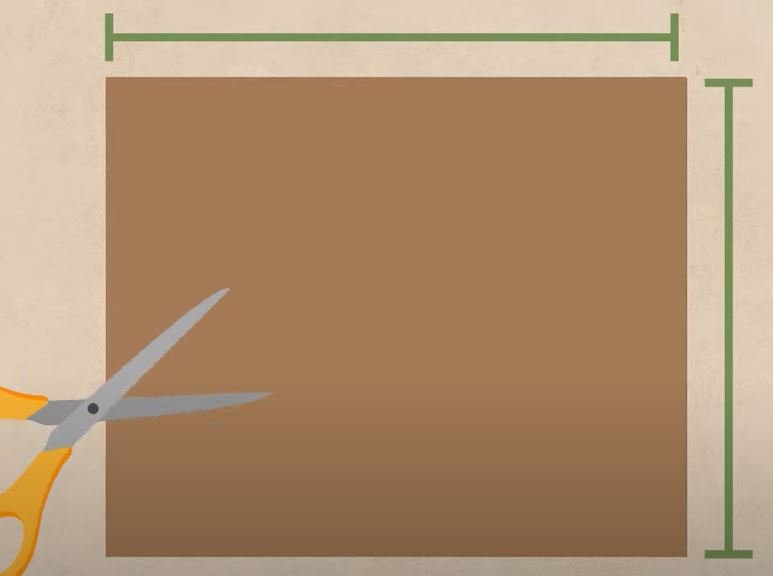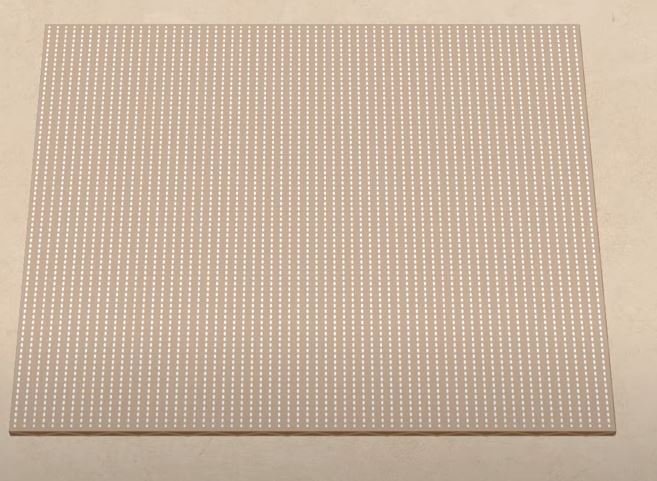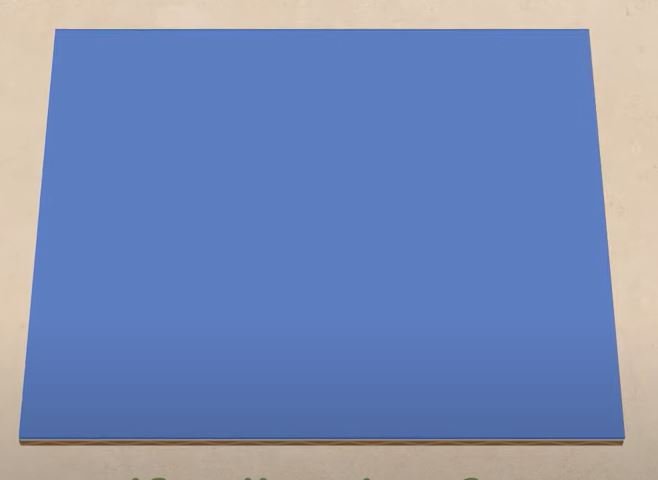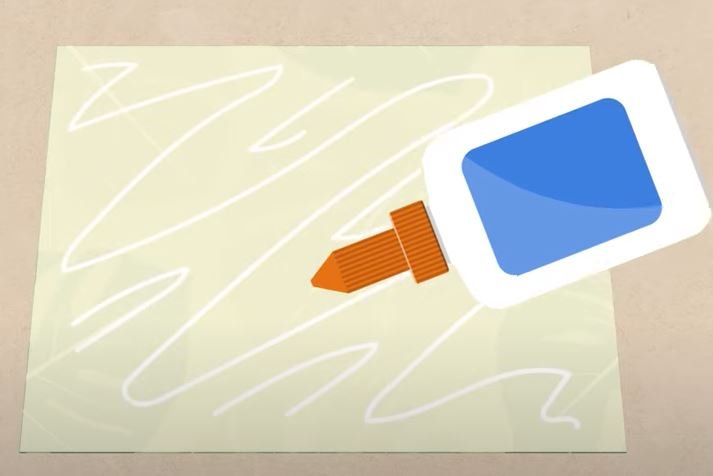In the world of personalized workspace accessories, a custom mouse pad can add both functionality and personality to your desk setup. Creating your own mouse pad is not only a fun DIY project but also a practical solution to ensure comfort and style while you work or play on your computer. In this comprehensive guide, we’ll walk you through the step-by-step process of crafting your very own mouse pad tailored to your preferences.
Materials You’ll Need
Before diving into the creative process, gather the following materials:
- Cardboard
- Non-slip drawer liner
- Self-adhesive foam padding
- Decorative paper or photo
- Glue
- Clear contact paper
Step 1: Crafting the Base
To commence your DIY mouse pad creation, start by cutting out a piece of cardboard in your desired size and shape. This cardboard will serve as the sturdy foundation for your mouse pad. Next, attach a piece of non-slip drawer liner to the back of the cardboard. This liner will prevent the mouse pad from sliding around on your desk, ensuring stability and ease of use.


Step 2: Adding Comfort with Foam Padding
Now, it’s time to enhance the comfort level of your mouse pad. Cut out a sheet of self-adhesive foam padding to match the size and shape of the cardboard base. Peel off the backing of the foam padding and carefully attach it to the front of the cardboard. This foam padding not only provides a soft surface for your mouse but also adds a layer of cushioning for your wrist during extended computer use.

Step 3: Personalizing Your Mouse Pad
The true beauty of crafting your own mouse pad lies in the ability to infuse it with your personal style. To personalize your creation, select a piece of decorative paper or a favorite photo that resonates with you. Ensure that the chosen paper or photo is cut to the appropriate size and shape to fit the pad.

Spread a thin layer of glue on the back of the selected paper or photo, and delicately place it on top of the foam padding. Smooth out any wrinkles or air bubbles to achieve a seamless finish. To preserve the decoration and facilitate smooth mouse movement, cover the top of the mouse pad with a sheet of clear contact paper. This protective layer not only adds durability but also ensures that your personalized design remains intact over time.

Comparison Table: DIY Mouse Pad vs. Store-Bought Mouse Pad
| Features | DIY Mouse Pad | Store-Bought Mouse Pad |
|---|---|---|
| Personalization | Fully customizable design | Limited to pre-designed options |
| Cost | Affordable, with materials readily available | Cost may vary depending on brand and features |
| Customization Options | Endless possibilities for design and size | Limited to available designs and sizes |
| Durability | Depends on crafting skill and materials used | Generally durable, but may wear over time |
| Comfort | Can be tailored for comfort with foam padding | May vary depending on brand and model |
| Eco-Friendly | Potential to upcycle materials | Varies depending on manufacturing process |
Frequently Asked Questions (FAQs) About DIY Mouse Pad Crafting
- Q: Is it difficult to make my own mouse pad?
- A: Not at all! Crafting your own mouse pad is a straightforward and enjoyable DIY project. With the right materials and a bit of creativity, you can easily create a personalized mouse pad tailored to your preferences.
- Q: What materials do I need to make a DIY mouse pad?
- A: You’ll need cardboard, non-slip drawer liner, self-adhesive foam padding, decorative paper or a photo, glue, and clear contact paper.
- Q: How long does it take to make a custom mouse pad?
- A: The crafting process typically takes around 30 minutes to an hour, depending on your level of detail and personalization.
- Q: Can I customize my mouse pad with my own design?
- A: Absolutely! One of the advantages of making your own mouse pad is the ability to personalize it with any design or image that you like. Get creative and make it truly yours!
- Q: Will the mouse pad stay in place on my desk?
- A: Yes, by attaching a non-slip drawer liner to the back of the cardboard base, your mouse pad will stay securely in place, preventing any sliding or movement while in use.
- Q: Is the mouse pad comfortable to use?
- A: Definitely! The addition of self-adhesive foam padding provides a soft and cushioned surface for both your mouse and wrist, ensuring comfort during long hours of computer use.
- Q: How can I protect the design on my mouse pad?
- A: Covering the top of your mouse pad with a sheet of clear contact paper will protect the decoration from wear and tear while also facilitating smooth mouse movement.
